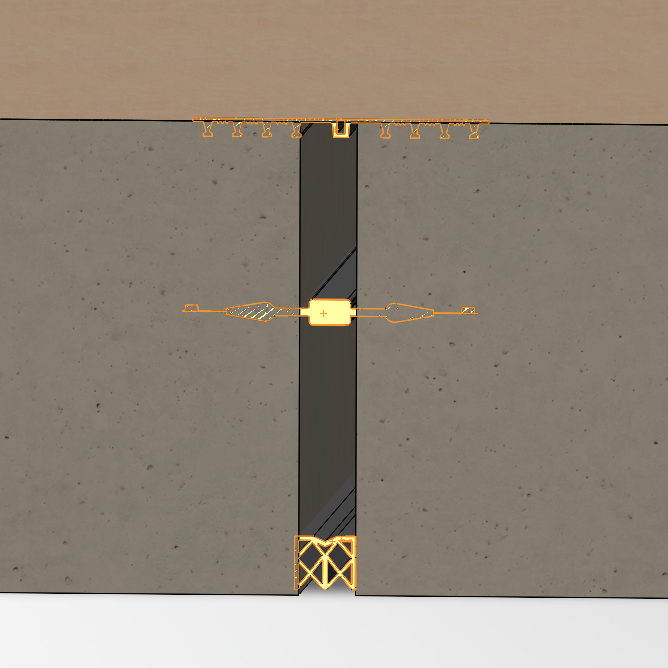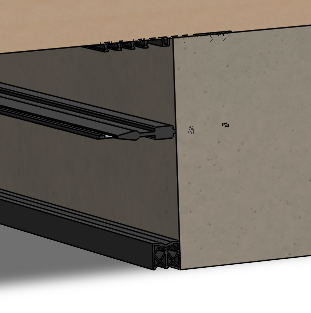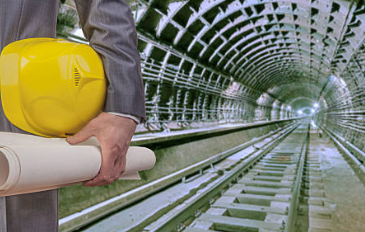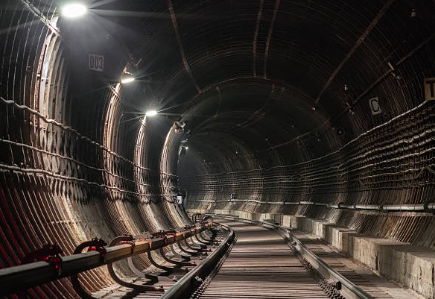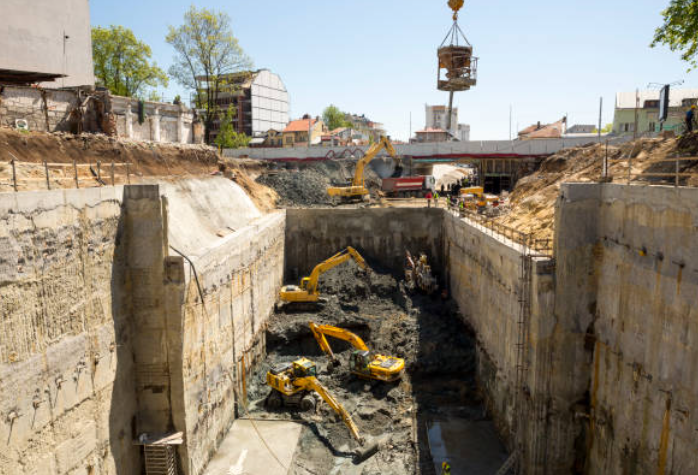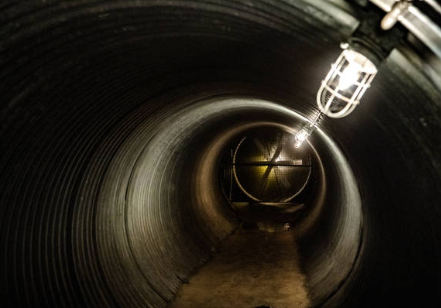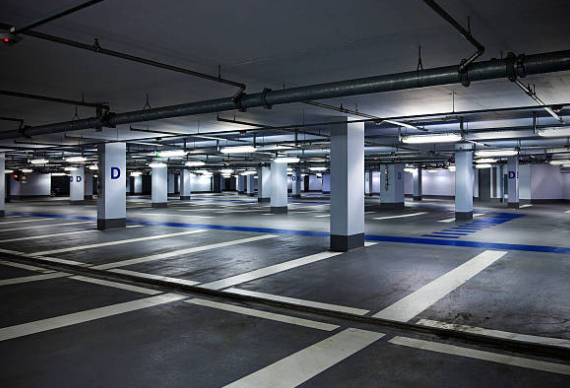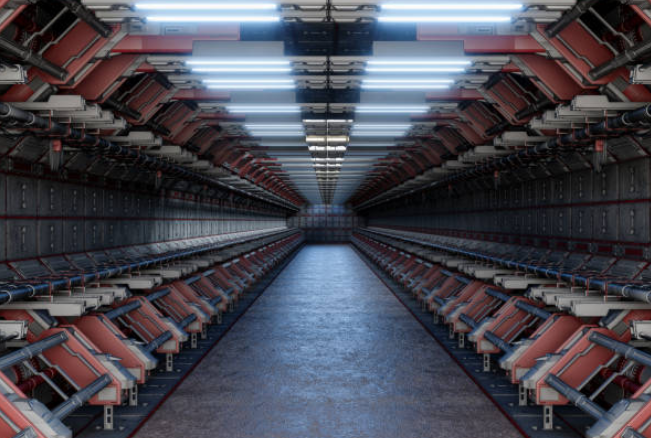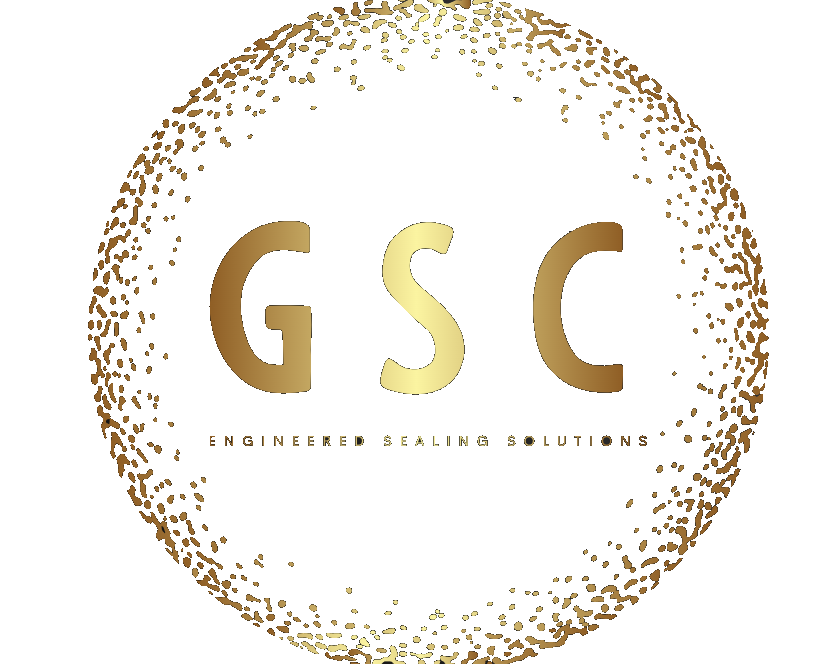3 layered mechanism
- Preventing soil ingress in the sealing joint
- Primary sealing engineered to cope with the hydrostatic pressures, movements, expansion and possible settlements
- Redundancy sealing engineered similar as the primary sealing, but functioning in case the primary sealing becomes due to any reason disfunctional
